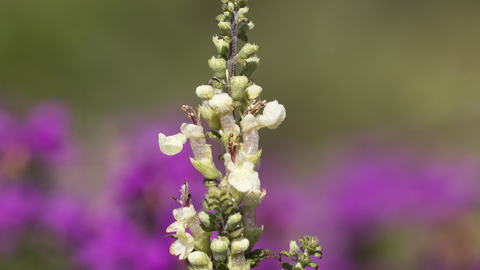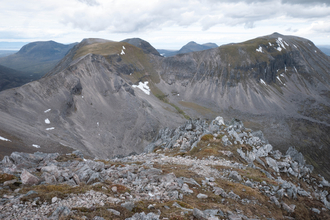
©Chris Lawrence
Wood sage
Scientific name: Teucrium scorodonia
Despite having the familiar sage-green leaves, Wood sage has very little scent, so is not a good cooking herb. It can be found on acidic soils on sand dunes, heaths and cliffs, and along woodland rides.
Species information
Category
Statistics
Height: up to 40cmConservation status
Common.

